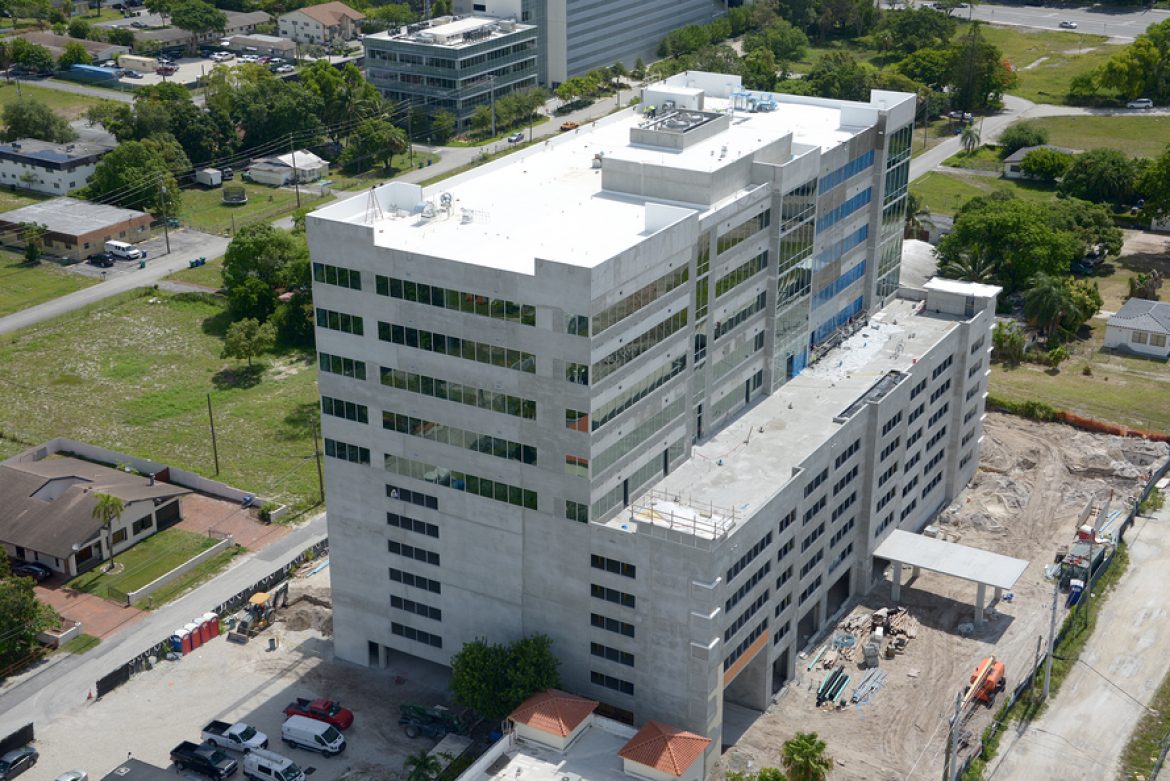Hail the guts and creativity of those who start businesses – which are almost entirely small businesses, our economic backbone. Despite the media spotlight on billionaire moguls like Elon Musk, where would we be without small startups?
As Miami Today focuses this week on small business, the notable fact is that small business is actually very big business – the Small Business Administration categorizes a whopping 99.9% of all US businesses as small, 33.2 million of them.
Small businesses cover a broad range. The Internal Revenue Service defines them as having under $10 million annual revenue. The Small Business Administration says they can have up to 500 employees and a maximum of $41.5 million in annual receipts – a sum that varies by industry and can be as low as $8 million in a full-service restaurant or real estate office and up to $12 million in a law firm, but the full $41.5 million in a clothing store.
Small businesses also have huge impact – they account for 44% of the private economy and produce two-thirds of the new jobs, according to the SBA. So if 44% of the private economy creates 67% of new jobs, small business is punching well above its weight class – it’s a far more powerful economic fuel, dollar for dollar, than the corporate giants.
We rightly glorify glittering tech startups, but startups cover a very broad range – you name a business type and it’s hard to think of one (other than a public utility) that isn’t represented. Some aim for headline-worthy rapid growth while run-of-mill enterprises grind it out more slowly.
Of course, many businesses aspire to be big, and most will never achieve that – in fact, a large share of small businesses are always on life support. But then, even giants like FTX can crumble from multi-billion empires to bankruptcy in a single week. And the only thing cryptocurrency player FTX created is chaos, not lasting jobs. The word “player” was fitting.
Startup operators are to be admired not just for courage in undertaking an enterprise with all its perils but for their cumulative job-creating power. Florida in that regard leads the nation by far.
Last year Florida had 637,000 applications to open a business, most in the US, followed by 520,000 in California and 496,000 in Texas. In fact, nearly 12% of the nation’s record 5,386,000 applications to open a business in 2021 were in booming Florida, according to the US Census Bureau. That’s up from Florida’s 11% share from 2015-2019 even as national application totals also soared last year.
More locally, new business applications grew each year in Miami-Dade County from 2009 through 2021, which isn’t surprising. What is startling is a huge spurt during the pandemic.
 In 2019 the county had a record 86,066 applicants for a business tax identification number, up a half percent from 85,618 in 2018. But in 2020, applications soared to 107,093, up more than 24%. Then came a far larger jump in 2021, to 135,710, an increase of nearly 27%. Last year’s application total was, in fact, more than two-and-a-half times the level hit as recently as 2009.
In 2019 the county had a record 86,066 applicants for a business tax identification number, up a half percent from 85,618 in 2018. But in 2020, applications soared to 107,093, up more than 24%. Then came a far larger jump in 2021, to 135,710, an increase of nearly 27%. Last year’s application total was, in fact, more than two-and-a-half times the level hit as recently as 2009.
Entrepreneurship being an uncertain road filled with obstacles, business tax applications always exceed the number of businesses that ever open. A report this month from the Census Bureau on applications and actual business formations notes that in November business applications in the US totaled 418,905, but the bureau estimates based on track records that only a third of them, 138,420, have a high propensity for actually opening.
Closer to home, the bureau projects that 12,089 of those business openings within a year will be in the South. Stretching it to two years from now, the total from that application group is projected to grow to 15,393. National total projections are 30,598 within a year, 39,020 within two years – so just more than 9% of the total applicants are expected to be up and running within two years, illustrating the difficult path for entrepreneurs.
The South, by the way, is clearly the hotbed of applicants, which may reliably forecast where the nation’s most new jobs will be created. Of November’s 418,905 business applications for tax IDs, the South had 191,226, followed by 96,679 in the West, 69,956 in the Midwest, and 61,044 in the Northeast.
In 2021, as the Census Bureau unveiled data showing the 2020 spike in business applicants in Miami-Dade County, we speculated on the cause of the sudden growth: was it resilience in the face of the pandemic, creativity, an entrepreneurial spirit, necessity as many employers closed temporarily during the pandemic, or members of the underground economy surfacing and applying for formal tax identifications?
“All of the above,” said Professor Jerry Haar of Florida International University’s College of Business, who cited the importance of differentiating those who felt they had to start earning a living to survive from those trying to start businesses because they saw market opportunities.
Miami-Dade unemployment since has tumbled to one of the nation’s lowest at 1.5%, far better than the state’s 2.6% and the nation’s 3.7%. Whether those applying for business tax IDs saw a realistic market opportunity or have misread their chance of success, it seems likely that startups are seeking far more than mere economic survival. The level of entrepreneurial spirit can be debated but, for the risk averse, far better income opportunities exist than walking through the mine field of creating and then running a business.
Small businesses can get an SBA helping hand ranging from microloans that average $13,000 and max out at $50,000 for startups to $5 million for other types. Small businesses can leverage these loans – which are not from the government but from financial institutions – as well as contract advantages to compete in the market. Local governments also offer contract set asides for small firms.
Any entrepreneur, however, can attest to the perils of business. As the largest job creator in Miami-Dade, therefore, small business merits recognition for building from the ground up.
As the county looks to replace the ultra-embarrassing logo on its basketball arena, it could fittingly replace the FTX hucksters with the Small Business Arena hoopsters.
Source: Miami Today
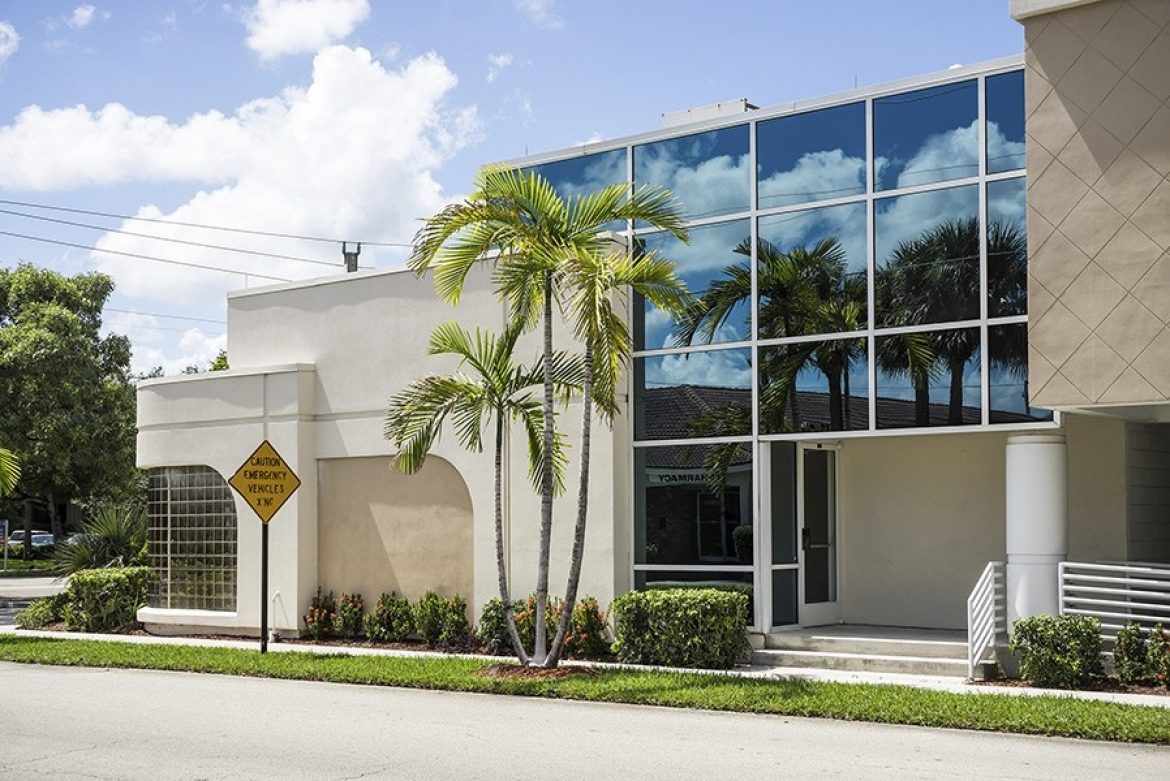


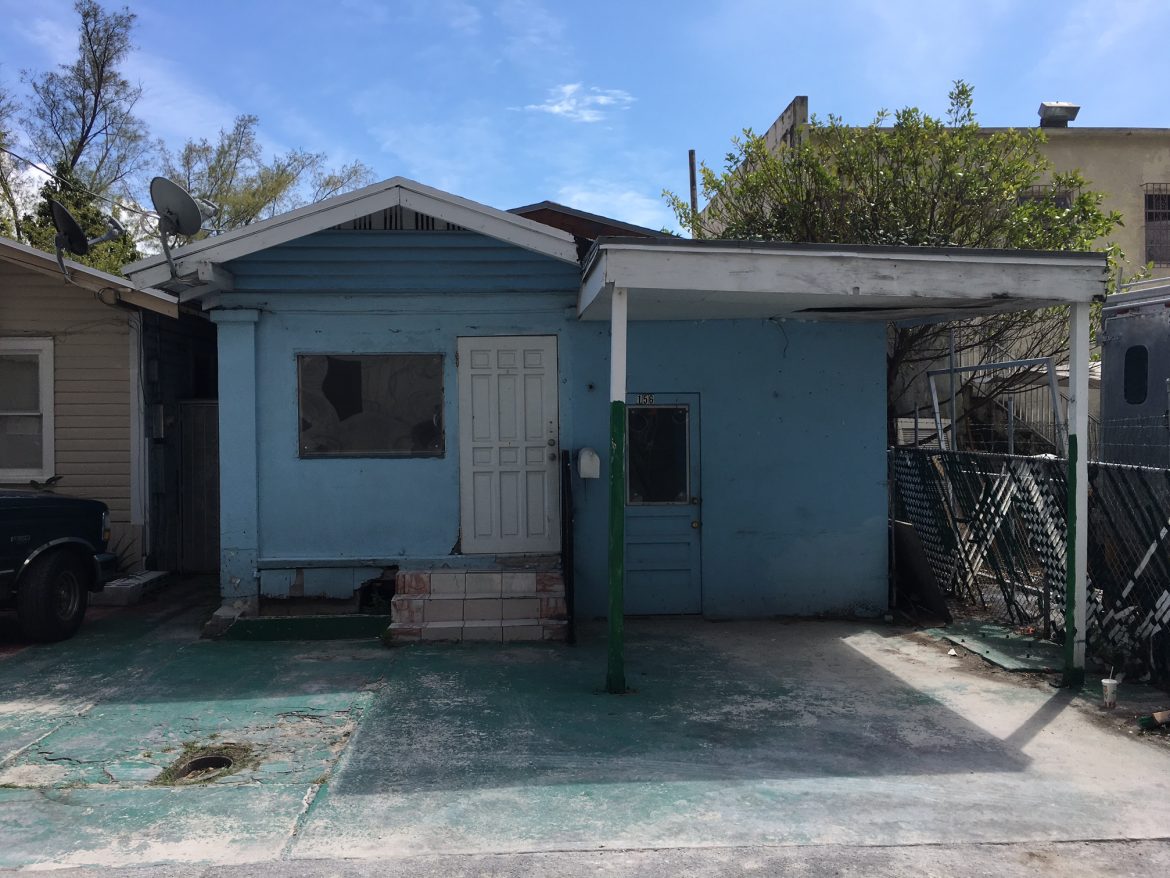
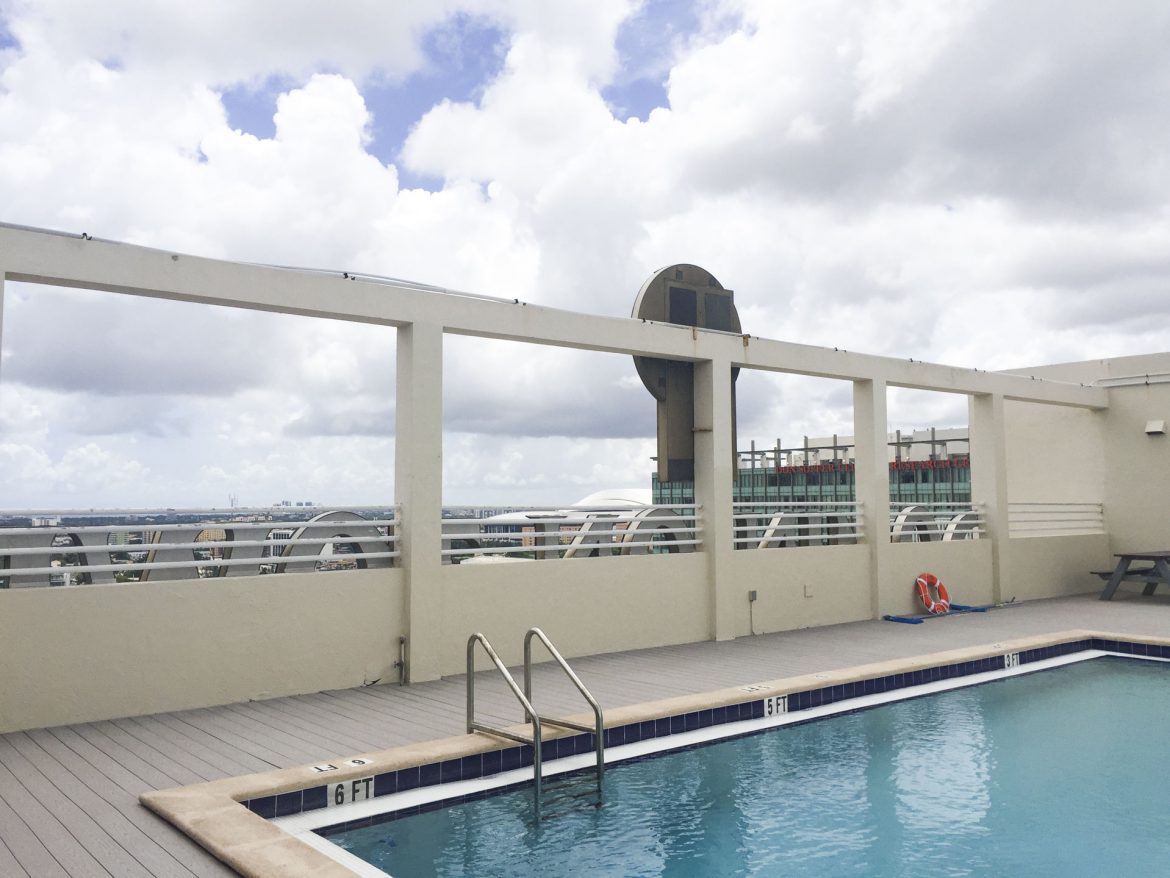

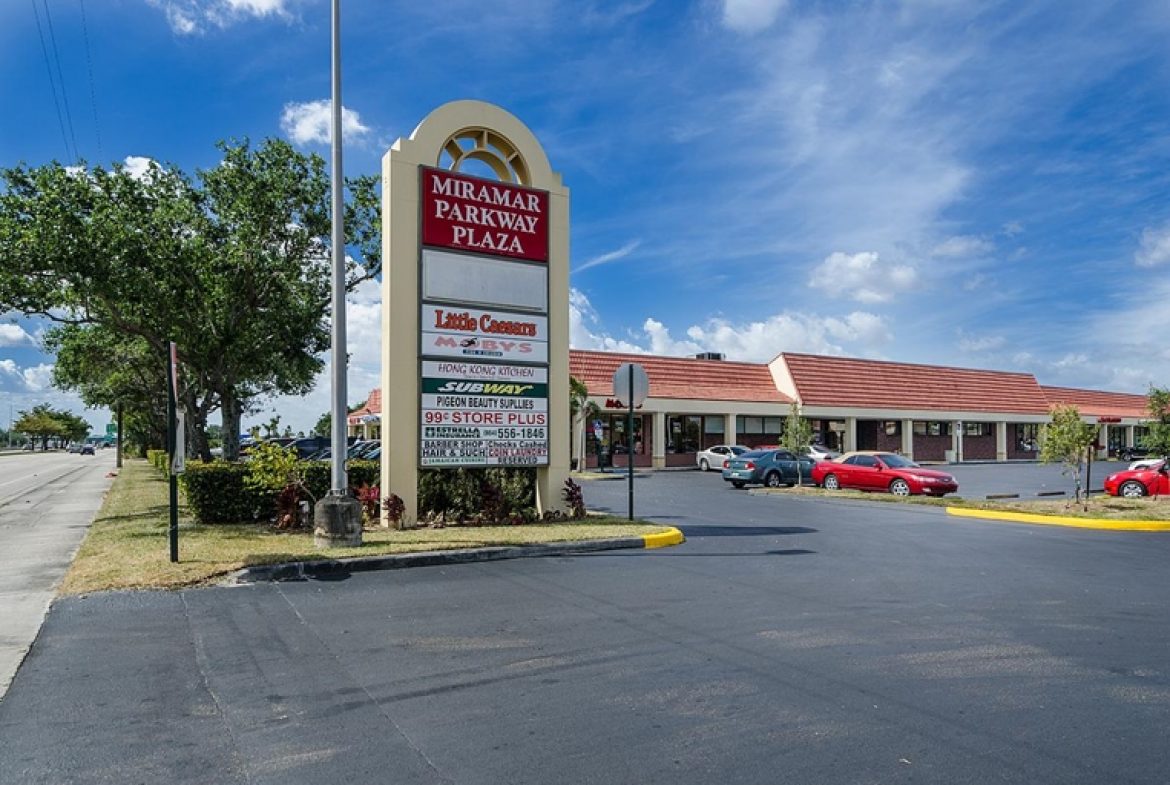

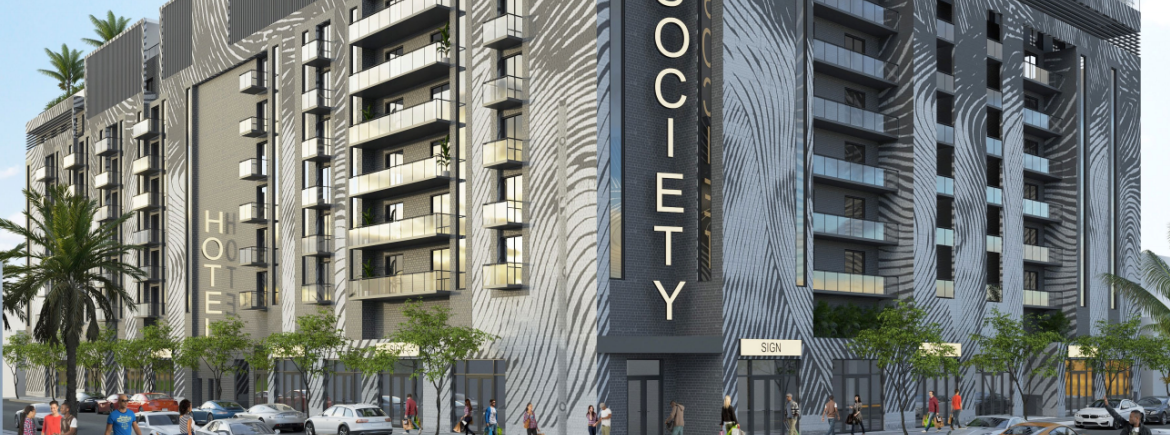
 In 2019 the county had a record 86,066 applicants for a business tax identification number, up a half percent from 85,618 in 2018. But in 2020, applications soared to 107,093, up more than 24%. Then came a far larger jump in 2021, to 135,710, an increase of nearly 27%. Last year’s application total was, in fact, more than two-and-a-half times the level hit as recently as 2009.
In 2019 the county had a record 86,066 applicants for a business tax identification number, up a half percent from 85,618 in 2018. But in 2020, applications soared to 107,093, up more than 24%. Then came a far larger jump in 2021, to 135,710, an increase of nearly 27%. Last year’s application total was, in fact, more than two-and-a-half times the level hit as recently as 2009.